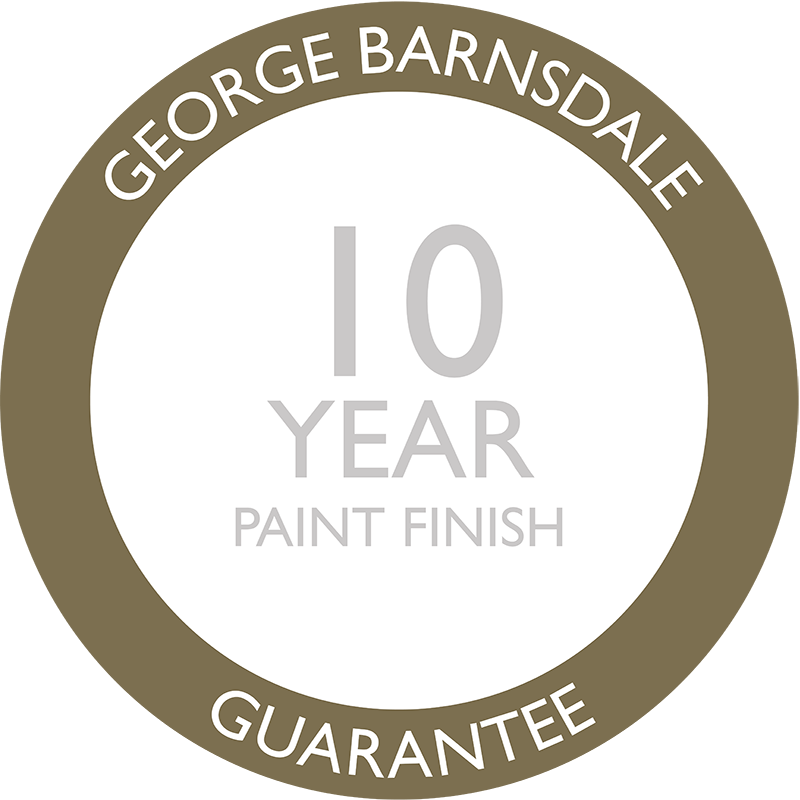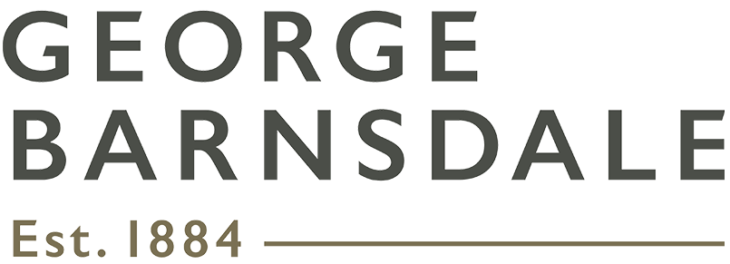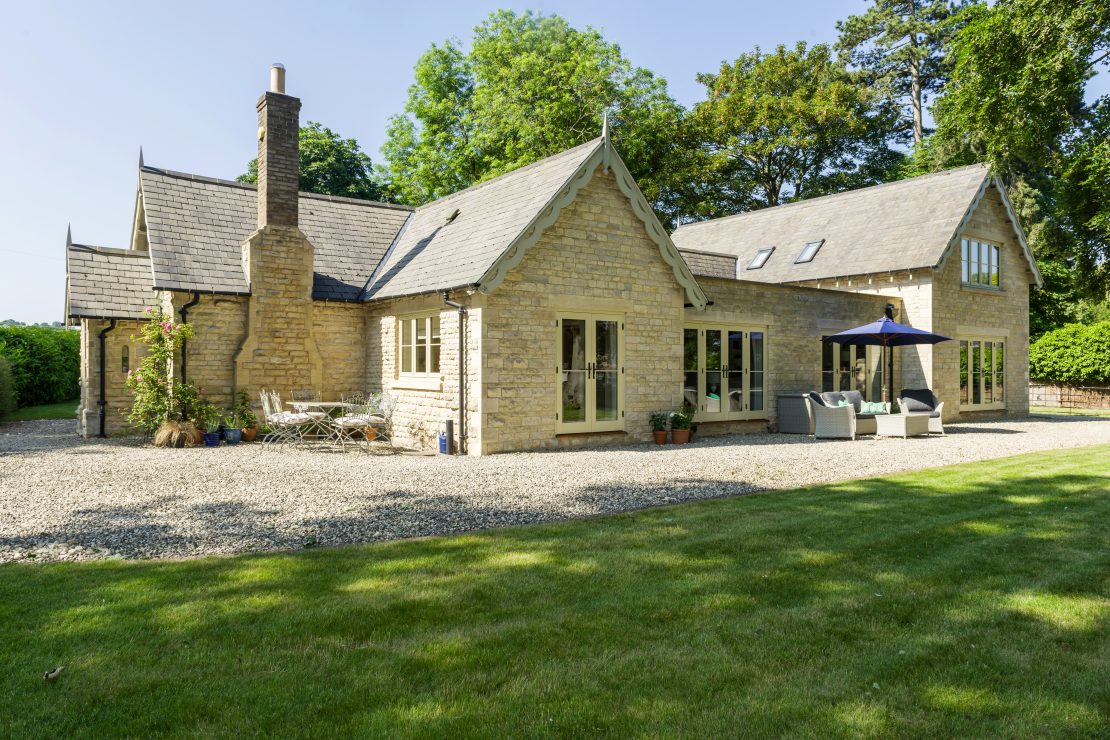April 9, 2018
When you think of famous front doors, probably the most famous door that springs to mind is that of the Prime Minister and the iconic black door at 10 Downing Street. As with many buildings and properties, the most memorable feature is actually the door.

In fact, when it comes to the PM’s pad, is there anything else that you can recall about the residence? If we were to ask; How many stories is it? What colour is the brickwork? How many windows are there? You would probably struggle to answer.
However, if we were to ask what colour is the door? What number is it? What is animal head on the door knocker? What colour is the letter plate? And even how many panels are used on the door? Then you will probably all be able to answer.
If not, the answers are:
Black door
10 Downing Street
Lion Door Knocker
Silver Letter plate
6 panels
Although we can nott help with everything that goes on behind the famous black door at number 10, we can give a little insight into what happens inside 10 Downing Street when it comes to the door itself with a little more information on this historical national treasure.
Known by many simply as ‘Number 10’, this London residence is the HQ for the British Government and home to the First Lord of the Treasury, now always known as the Prime Minister.
Back in 1732, King George II offered Number 10 to Sir Robert Walpole as a personal gift, but he refused it for personal use, but offered that it should go to the First Lord of the Treasury, and as this was the position he owned at the time, he moved in.
In fact, 10 Downing Street is still the official residence of the First Lord of the Treasury and not the Prime Minister. However, since 1905 both roles have always been held by the same person.
The house as we know it today was originally 3 separate homes. However, Walpole commissioned William Kent to join the three into its current format.

After 3 years of renovations, Walpole began his residency on 22nd September in 1735 and so the tradition began.
It wasn’t until 1766 though that the six panelled Georgian design door was commissioned. Produced from black oak, it featured a lion headed door knocker, the iconic central door knob and a brass letter plate.
The famous number 10 was given its name in 1779. Downing Street was renumbered and the First Lord of the Treasury’s residence was given Number 10. Previously it is believed that it would have been Number 5, as the numbers 2, 3, 4 and 5 were all in situ before the renumbering.
Despite its convenient proximate location to Parliament, many early Prime Ministers who followed preferred to live elsewhere. The residence proved costly to maintain and soon became neglected and run-down. In fact, Number 10 came close to being demolished several times over the years. However, it survived, and has since become “one of the most precious jewels in the national heritage” according to the first female Prime Minister, Margaret Thatcher.
In 1908, under orders from his wife Lady Margo, the then Prime Minister Herbert Asquith had the door repainted green in colour and it remained like this for over 50 years.
The iconic black door returned in 1960, along with a major renovation of the premises that took 3 years at a cost of £1m, this work came in at double the budget and a year later than planned.

Following a mortar attack in 1991 the original black oak door was replaced by a blast proof steel clad replica door. The door is one of two identical doors that are removed and alternated every couple of years.
Behind the doors at number 10
The letter plate is purely decorative and the impressive door cannot actually be opened from the outside, nor does the door knocker work or doorbell ring, although this has caught out a few visitors to Number 10, who have been left stranded outside ringing and knocking to no avail. Instead an internal security guard sits behind the door and grants access following an approval of visitors via security cameras.

On the other side of the big black door is a white painted interior to match the muted tones of the entrance lobby, featuring a polished brass door handle.
At George Barnsdale we still manufacture using the original European Oak that was used on the original 10 Downing Street door design, as it is a very strong, and durable hardwood. The original door can still be found at the Churchill Museum, and although it has seen a few years now, it is still in great shape and shows how good timber doors are at standing the test of time.
We have manufactured many similar 6 panelled black oak doors at George Barnsdale, along with historic windows to suit, such as our work on The Old Black Lion Pub in Gedney.

If you are looking to replicate any door design, then our services are more than capable of manufacturing any doors out there, and is there any better, or more famous door than that of 10 Downing Street?




















